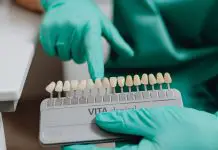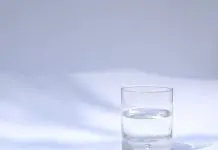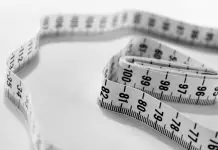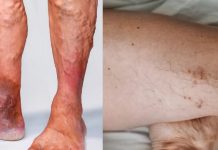Overview, Causes, & Risk Factors
Choking in a conscious infant may occur when the upper airway, usually thethroat or windpipe, is blocked by an object or irritation.
What are the causes and risks of the injury?
Choking is usually caused by things that the infant has placed in his or hermouth. These include toys, candy, popcorn, nuts, batteries, rocks, and buttons.Things that wrap around the throat and constrict it, such as strings or rope,can also cause choking.
Overview, Causes, & Risk Factors
Choking in a conscious infant may occur when the upper airway, usually thethroat or windpipe, is blocked by an object or irritation.
What are the causes and risks of the injury?
Choking is usually caused by things that the infant has placed in his or hermouth. These include toys, candy, popcorn, nuts, batteries, rocks, and buttons.Things that wrap around the throat and constrict it, such as strings or rope,can also cause choking.
Symptoms & Signs
What are the signs and symptoms of the injury?
Signs and symptoms of choking in a conscious infant include:
If the choking episode is left untreated, unconsciousness or death may follow.
Symptoms & Signs
What are the signs and symptoms of the injury?
Signs and symptoms of choking in a conscious infant include:
If the choking episode is left untreated, unconsciousness or death may follow.
Diagnosis & Tests
How is the injury recognized?
Usually a person will notice that the infant is having difficulty breathing.There may be a shocked, anxious look on the infant’s face, and the baby maybegin to turn blue.
Diagnosis & Tests
How is the injury recognized?
Usually a person will notice that the infant is having difficulty breathing.There may be a shocked, anxious look on the infant’s face, and the baby maybegin to turn blue.
Prevention & Expectations
What can be done to prevent the injury?
Some cases of choking can be avoided by:
Prevention & Expectations
What can be done to prevent the injury?
Some cases of choking can be avoided by:
Treatment & Monitoring
What are the treatments for the injury?
If choking is suspected in a conscious infant:
If the person performing first aid is alone, he or she should shout for helpand begin first aid. If another person is there, he or she should contact localemergency medical services.
First aid in the choking infant includes the following steps:
If the child does lose consciousness, the procedures for choking in the unconscious infant should be followed.
What are the side effects of the treatments?
Back blows and chest thrusts can cause vomiting, injuries to internal organs, or broken ribs. Vomiting can be aproblem if the vomited material is caught in the airway and inhaled into thelungs.
What happens after treatment for the injury?
It is important to obtain medical care from ahealthcare professional for an infant who has choked. Occasionally, an object will enter the lung insteadof being expelled. This can cause coughing, wheezing, or aspiration pneumonia.
Treatment & Monitoring
What are the treatments for the injury?
If choking is suspected in a conscious infant:
If the person performing first aid is alone, he or she should shout for helpand begin first aid. If another person is there, he or she should contact localemergency medical services.
First aid in the choking infant includes the following steps:
If the child does lose consciousness, the procedures for choking in the unconscious infant should be followed.
What are the side effects of the treatments?
Back blows and chest thrusts can cause vomiting, injuries to internal organs, or broken ribs. Vomiting can be aproblem if the vomited material is caught in the airway and inhaled into thelungs.
What happens after treatment for the injury?
It is important to obtain medical care from ahealthcare professional for an infant who has choked. Occasionally, an object will enter the lung insteadof being expelled. This can cause coughing, wheezing, or aspiration pneumonia.
Article type: xmedgeneral













































